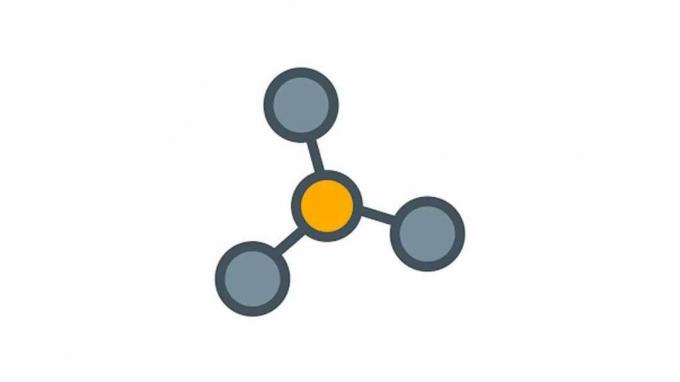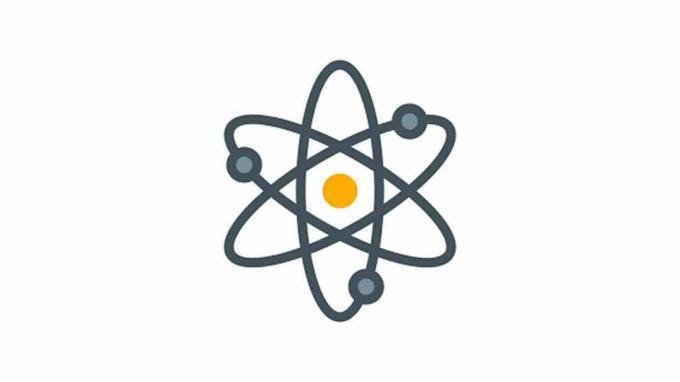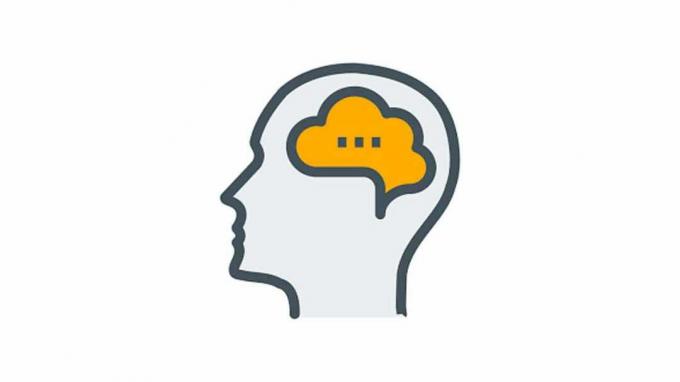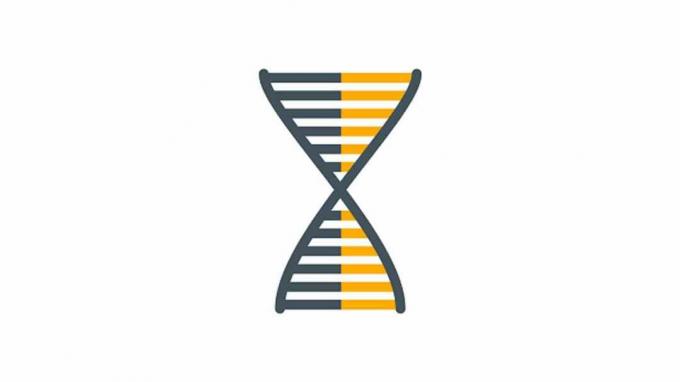Scientific Method: Definition, Steps, Goals, Criteria
The scientific method arises because there is a standard method in research.
There are so many natural events that make scientists curious to do research.
The research carried out by these scientists is not only to discover new substances, new laws or new chemical substances.
The research arose because of the great curiosity of scientists about natural phenomena that occurred.
For example, an object on Earth that is above a height will surely fall to the ground.
As we know that objects on Earth can fall due to a gravitational force of the Earth, and previously there was an idea of the law of Earth's gravity.
The idea was conveyed by a famous scientist named Issaca Newton.
Table of contents
Understanding the Scientific Method

The scientific method is a scientific method that uses rational and scientific steps to reveal a problem that arises.
Chemistry answers many problems based on experiments and reasoning from common sense.
The experiments carried out must be logical and systematic. Therefore, the standard scientific method is carried out in its implementation.
Steps of the Scientific Method

In the initial step of research, namely planning, planning is needed because it will result in an experiment.
Therefore, design a plan in detail and coherently. Here are the steps of the scientific method in sequence:
Formulating the Problem
The beginning of the research is by formulating a problem. The problem in a study is something that must be researched to get answers to questions.
Problems can be formulated in the form of open scientific questions that may have various answers.
Therefore, the problem formulation of the question must be answered through experimentation.
After successfully formulating a problem, you can propose a temporary answer to another question, namely the hypothesis.
The hypothesis must be based on facts and must be logical.
Setting Research Variables
Experimental variables are factors that can affect the results of a study. There are three types of variables, namely fixed variables, independent variables and dependent or dependent variables.
Establish work procedures
Work procedures are coherent and detailed work steps.
The work order is made concisely but can accurately describe the work to be done.
These work steps will facilitate the work steps and should be made using the form of a flow chart or sequentially.
Collecting data
Any symptoms that occur in the experiment must be recorded at that time.
Therefore you have to get more accurate data. After that, it needs to be organized in order to make it easier to analyze and collect experimental results.
Therefore, you need to prepare a table of previous observation data in conducting the experiment.
Processing and Analyzing Data
Graphs and tables are very useful tools for analyzing data and organizing data.
The graphs and tables display the dependent variable that changes in response to changes in the independent variable.
Analysis of the data can also use a computer for data processing to make it easier to do research.
Making Conclusions
the results of the data analysis produce a trend or pattern. This pattern can be used as an interesting pattern in drawing a conclusion.
The conclusion is a statement that has been summarized in a research activity that has been carried out.
In compiling a conclusion, one must be able to decide that the data collected contains a hypothesis or not.
In addition, the study must also be repeated several times before drawing conclusions.
Disseminating Research Results
The reason for disseminating the research results is because it is important to disseminate or disseminate information to other parties.
The way to disseminate the research is either orally or in writing.
Attitude in the Scientific Method

In a study we must have the following attitudes:
Have a Great Curiosity
Great curiosity is the beginning of the discovery of a scientific law, new chemical substance or formula.
From a great sense of knowledge and high curiosity a researcher is able to produce works.
The great curiosity of something that will encourage someone to do a research.
Honest
Honesty means more concerned with objectivity than subjectivity.
Honest in conducting a research method and honesty in the results that have been obtained in a study.
Open
Open means being open to openly accepting new knowledge and input.
An open attitude is useful for a researcher to find new things in a research conducted.
Tolerant
Tolerance means being able to respect the opinions of others who are different from your own.
The attitude of tolerance is needed because it can lead to good research results.
Optimistic
Produce a good research is not an easy thing. Optimism means not giving up.
Therefore, the attitude of optimism for researchers is an important thing.
Because in a study it is not always done once and immediately succeeded, many have done it several times and many have failed.
Therefore, an optimistic attitude is needed to produce a good result in a study.
Dare
Courage is also included in the attitude needed in a scientific method, daring to do something that is feared.
Because in a study, a researcher must also do things that he does not like because the attitude of courage is also needed in a scientific method.
Purpose of the Scientific Method

The main purpose of the scientific method is to obtain new, tested and rational knowledge.
Therefore, the knowledge can be relied on and used.
The functions of the scientific method include the following:
- Seeking knowledge starts from finding a problem that must be solved and must be solved, analyzing data, collecting data, and ending with drawing a conclusion.
- Proof of a truth can be regulated by logical considerations.
- Can help solve problems with satisfactory evidence.
- Can test research that has been done by others and get objective and satisfactory truth and so on.
By discovering the high quality of the scientific method, it can help improve the welfare of mankind.
Criteria on the Scientific Method

In order for a method to be used in a study, the method must have the following criteria, namely:
Based on Facts
Data, information and information obtained both analyzed and collected must be based on reality.
Do not make these discoveries based on legends, fantasies or other illogical matters.
Therefore, the scientific method must be based on facts or facts that are true.
Free from Prejudice
Considerations that are subjective and free from prejudice.
Reasons must be based on clear and objective facts and evidence. So a research must also show the existence of conformity with reality.
Principle of Analysis
Give meaning and understand complex problems using analytical principles.
The problem has various causes and the solution uses the principle of logical analysis.
Facts that can support are not left alone or only in the form of descriptions. But events and facts must be searched for causes and consequences by means of analysis.
Using hypothesis
A person who conducts research is guided in the process of thinking using the principles of analysis.
The hypothesis is needed because it guides the mind towards the goal so that the end of the research results will reach the goal point.
Quantification Technique
Data from measures that are quantitative in nature or the number of numerical units that are commonly used.
The technique of quantification is often used and easy such as the size of the rating, nominal and ranking.
If there are sizes such as kg, mm and others, they must be used.
